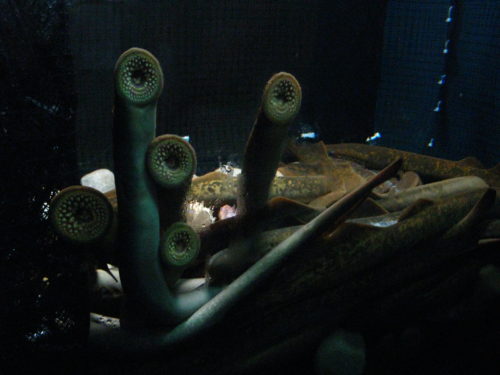 These are Sea Lampreys. They are also called Lake Lamprey, Spotted Lamprey, Eelsucker, Green Lamprey, or Shad Lamprey. Sea Lampreys are native to the Atlantic Ocean, the Mediterranean Sea, and the Black Sea. Although those are salt water, they enter fresh water to spawn. They are an invasive species in the Great Lakes (but, are native to Lake Champlain.)
These are Sea Lampreys. They are also called Lake Lamprey, Spotted Lamprey, Eelsucker, Green Lamprey, or Shad Lamprey. Sea Lampreys are native to the Atlantic Ocean, the Mediterranean Sea, and the Black Sea. Although those are salt water, they enter fresh water to spawn. They are an invasive species in the Great Lakes (but, are native to Lake Champlain.)
Sea Lampreys are parasites that feed on fish blood. They attach their disk-like mouth onto prey and suck their blood. In the lamprey’s native range, this does not kill the fish. However in the Great Lakes, they can kill 40 pounds of fish in a year.
Sea Lampreys, as you could tell by the paragraph above, are a major problem in the Great Lakes. They kill many fish and disrupt the ecosystem. Lake Trout are much less common there than they used to be. There are people in those areas that get paid to catch and remove lampreys. Lampricides have been developed. Lampreys are considered a delicacy in some places. Maybe in the future, people can catch lampreys in those lakes for food.
I saw these Sea Lampreys at Shedd Aquarium.
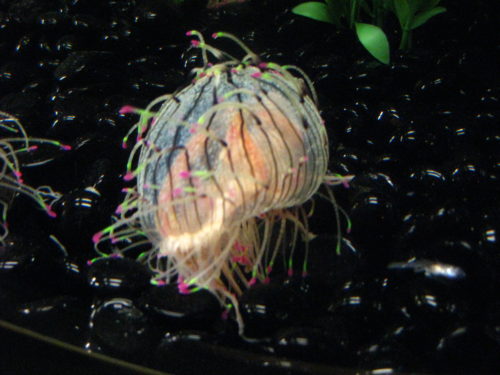 This is a Flower Hat Jelly. They are found off the coast of Japan, but there have been sightings in Brazil and Argentina.
This is a Flower Hat Jelly. They are found off the coast of Japan, but there have been sightings in Brazil and Argentina.

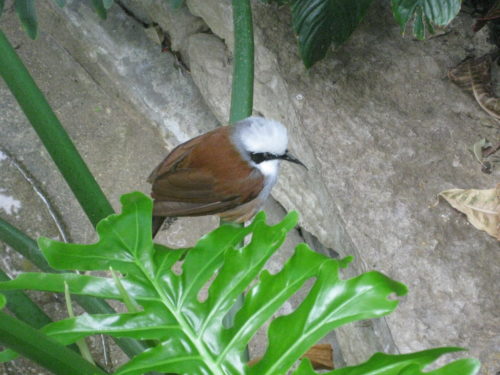
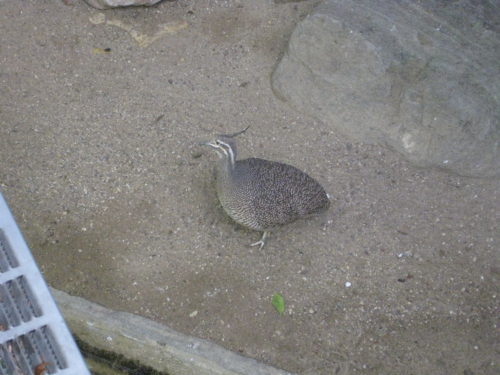
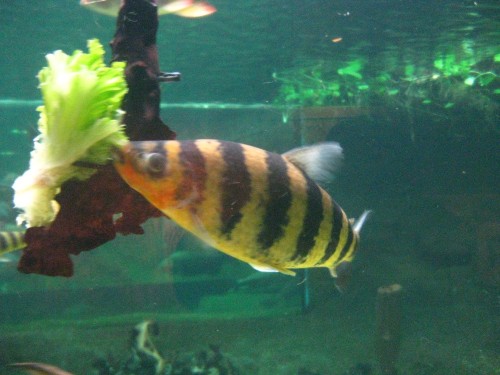
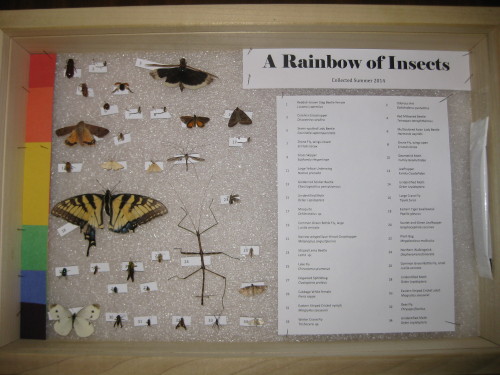
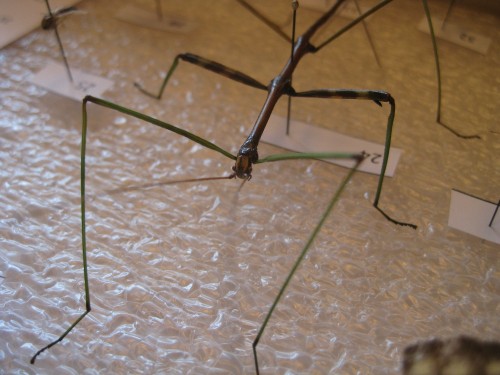
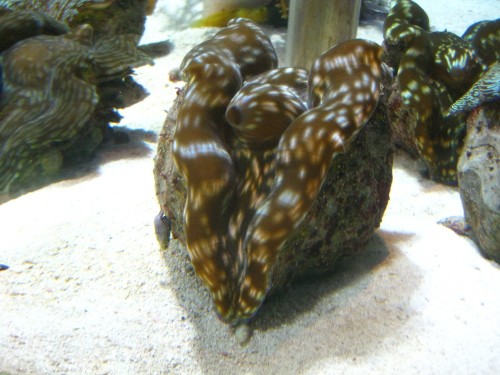
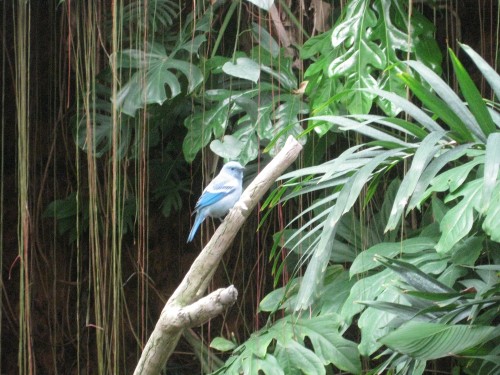
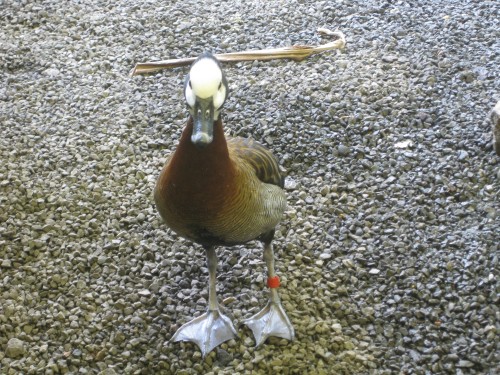
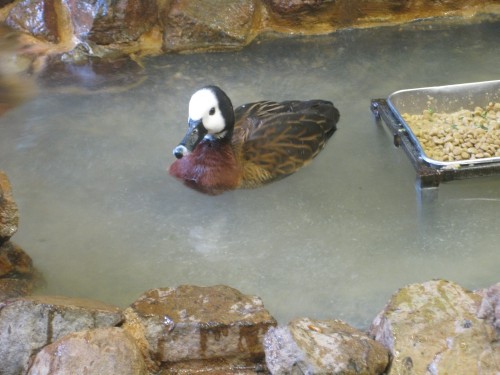
 RSS Feed
RSS Feed Facebook
Facebook Twitter
Twitter Subscribe by e-mail
Subscribe by e-mail